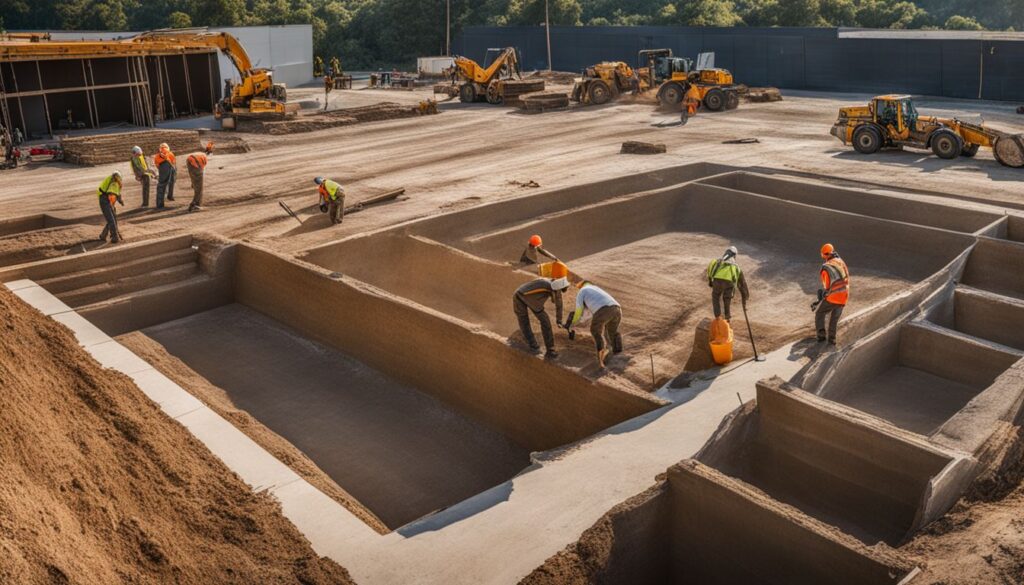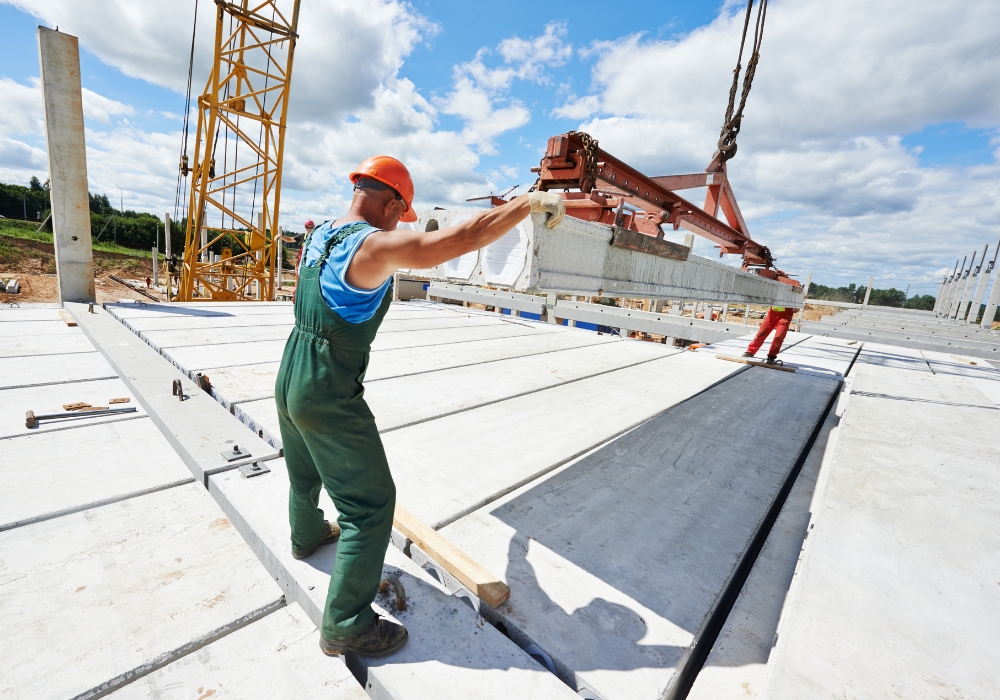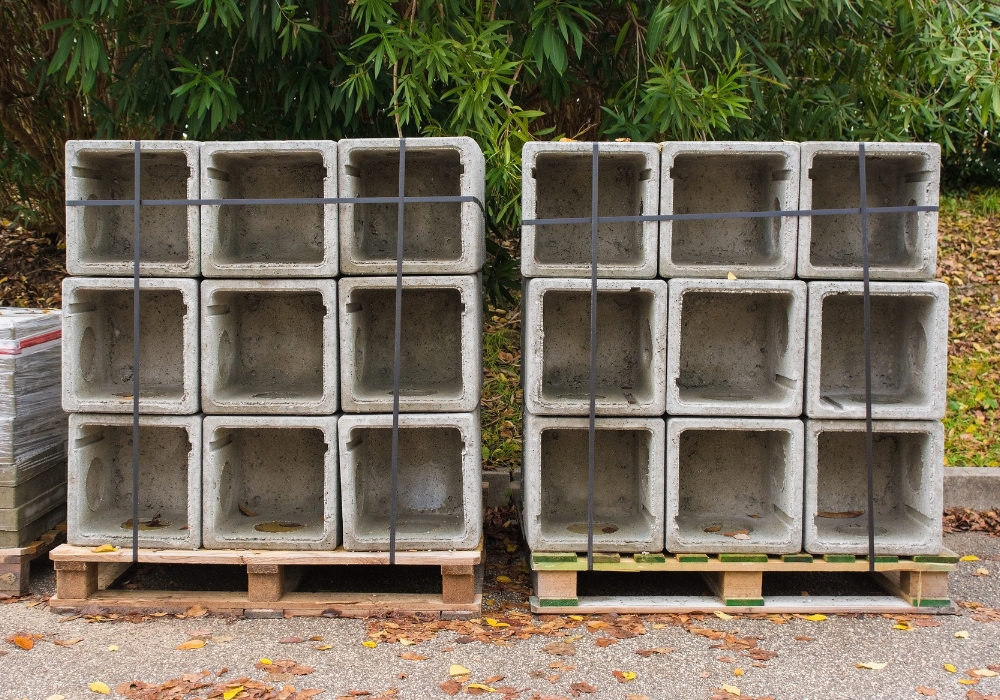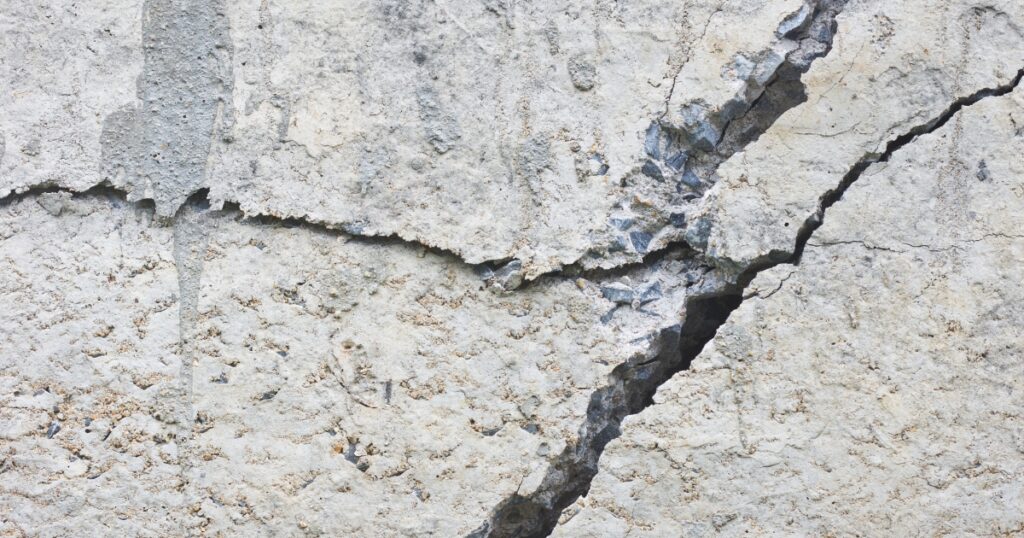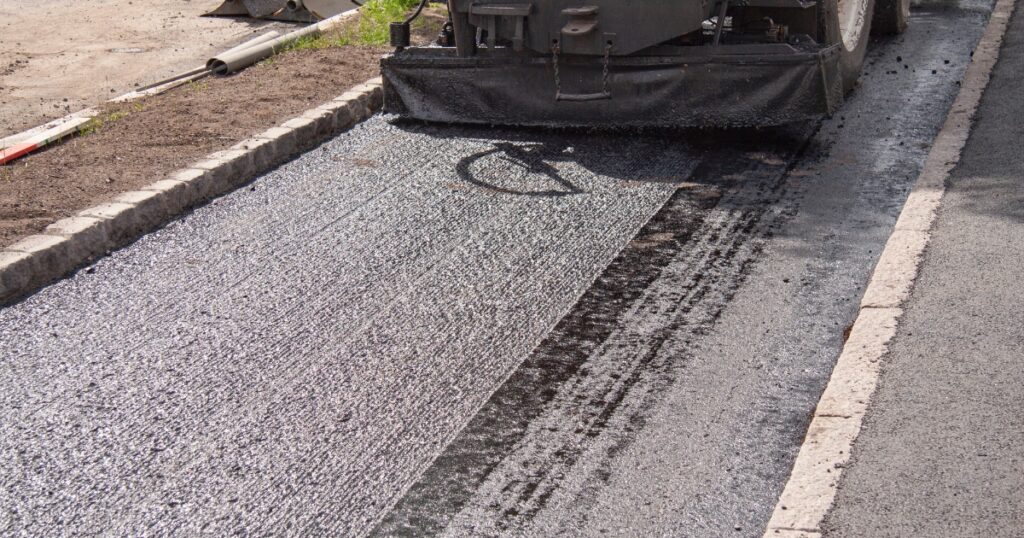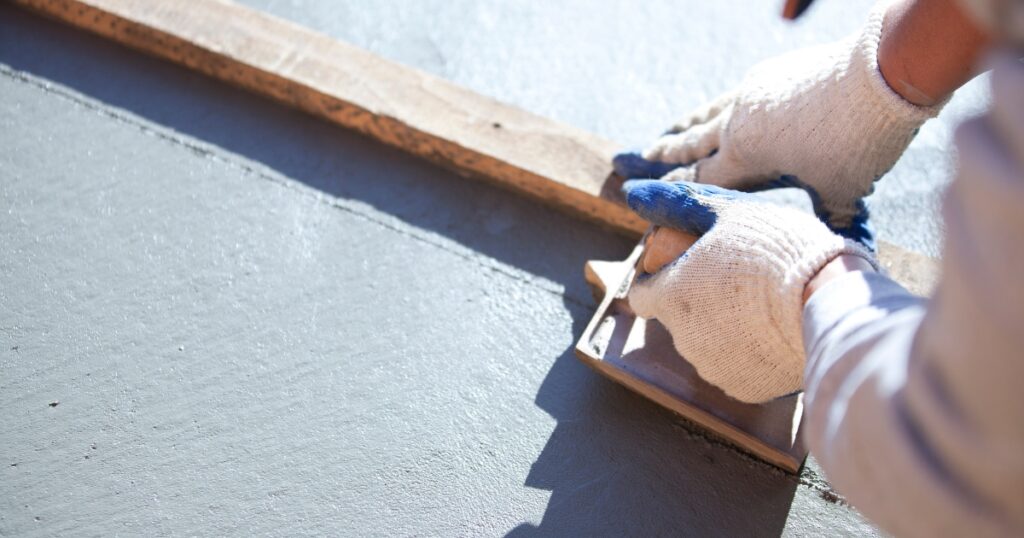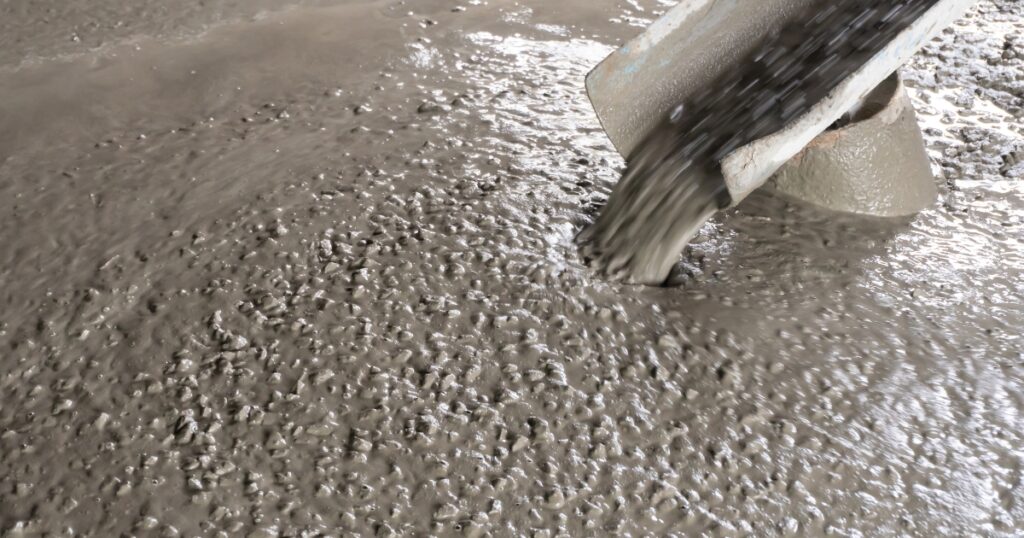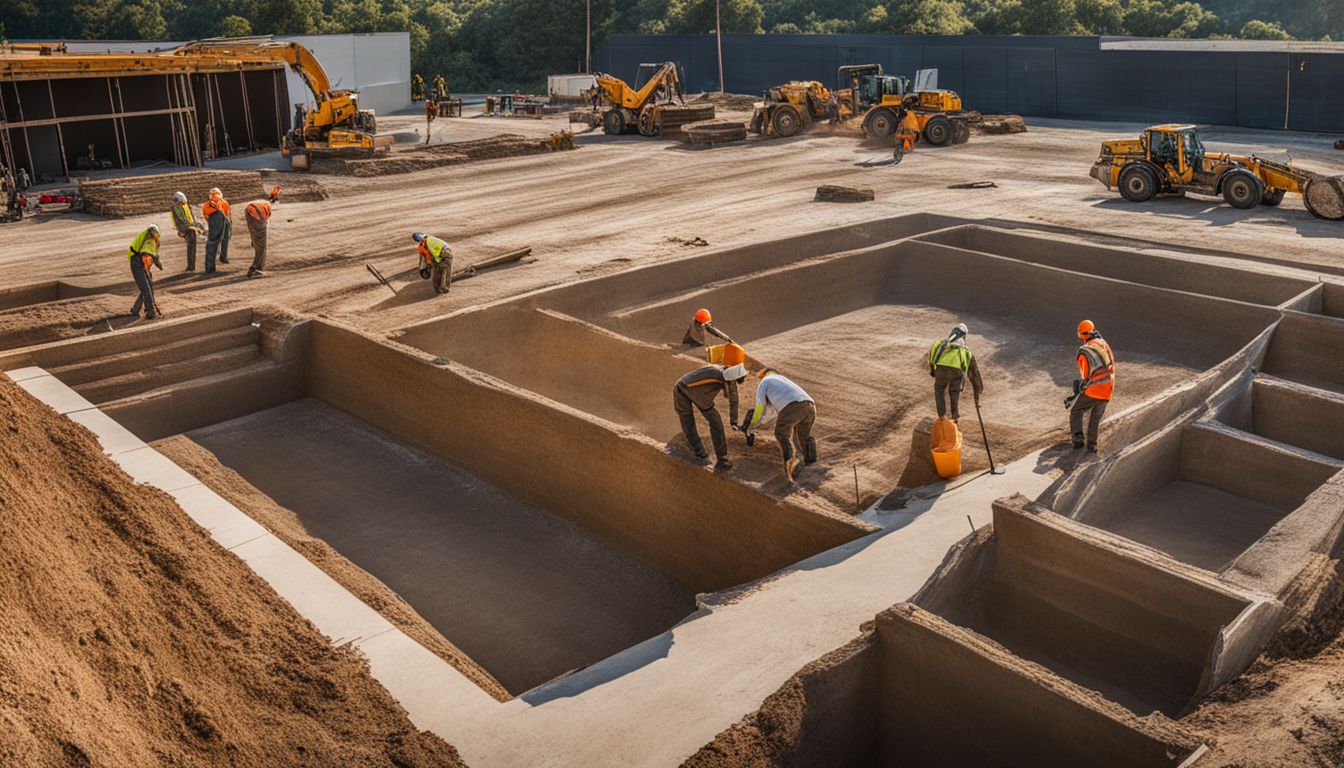
Struggling with your concrete projects? You’re in good company – we’ve hit that snag ourselves. After diving deep into the world of concreting, we unearthed a handful of game-changing steps.
This blog post is set to walk you through these vital tricks for ace-quality concreting. Keen to give your skills a fair dinkum boost?
Understanding the Importance of Planning in Concreting
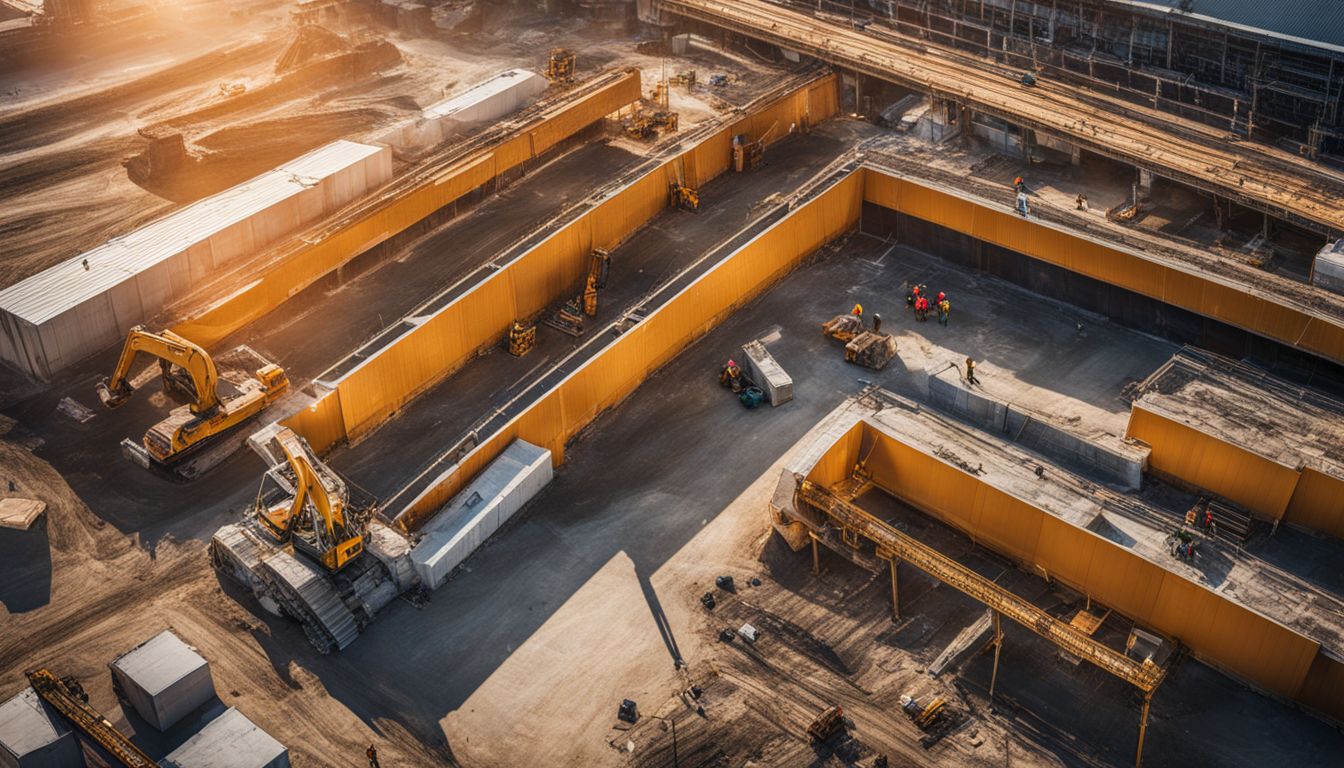
Proper planning sets the foundation for success in concreting projects, whether it’s laying a new driveway or constructing commercial buildings. We carefully select materials and design blueprints that align with your vision and site requirements, ensuring every aspect of the groundwork is ready before any concrete mix touches the ground.
This approach prevents costly mistakes and delays, making sure we meet deadlines while upholding high-quality standards.
A well-planned project is half done.
We assess site conditions meticulously, considering factors like soil type and weather patterns to choose the best concrete mix and reinforcement strategy. Our team coordinates closely with suppliers to guarantee all construction materials arrive on schedule, streamlining our workflow.
This thorough preparation ensures a seamless execution from excavation to paving, reflecting our commitment to excellence in every step of concreting.
Selecting the Appropriate Equipment for Concreting
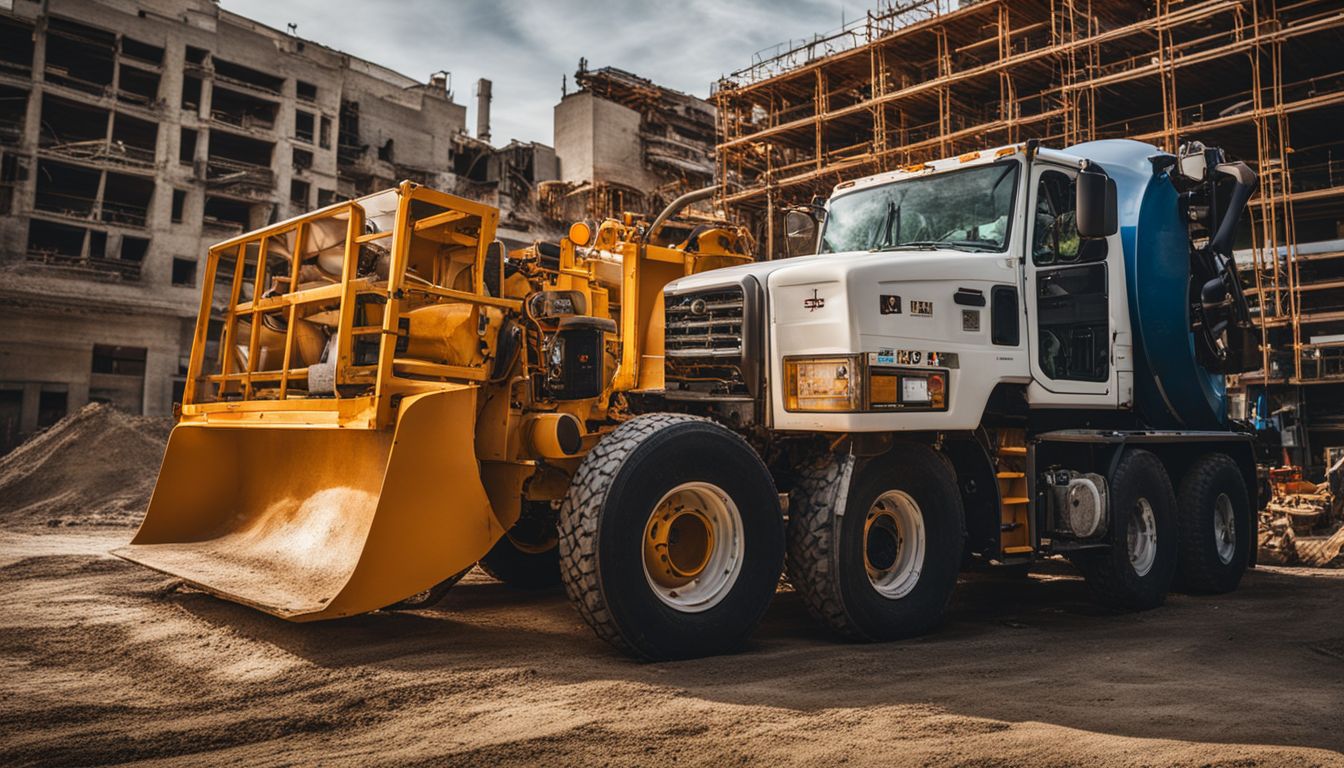
Selecting the right equipment for concreting is a crucial step in ensuring quality and efficiency. We understand that this choice can have a significant impact on construction materials and the overall success of building projects.
- Mixer – A reliable concrete mixer is essential for mixing cement, sand, gravel, and water to produce smooth concrete. Whether it’s for a small home project or a large commercial endeavour, choosing one that fits the volume of concrete needed saves time and labour.
- Wheelbarrows – For moving mixed concrete to the site of application, sturdy wheelbarrows are indispensable. Opt for ones with pneumatic tyres to easily navigate through rough terrain on building sites.
- Trowels – Concrete finishing requires precision which is where trowels come into play. They smooth and level the surface of freshly poured concrete to achieve an ideal finish.
- Screeds – These tools are vital for levelling and smoothing wet concrete after it has been placed. Selecting a screed that’s easy to handle ensures even surfaces, especially in larger areas.
- Vibrators – Air bubbles trapped in poured concrete weaken it. Concrete vibrators remove these bubbles by shaking the wet mix, leading to stronger foundations and structures.
- Shovels – Useful for both preparation and application phases in concreting workmanship, shovels help in mixing smaller batches of concrete or filling gaps before final smoothing processes take place.
- Buckets – When precision pouring is required, especially in areas tough to reach with wheelbarrows or trowels, durable buckets become essential tools for transferring concrete.
- Protective Gear – Safety comes first in all construction work. Helmets, gloves, boots, and goggles protect against common hazards encountered during concreting tasks.
Choosing equipment wisely streamlines work processes, enhances safety on-site, improves the quality of concreting jobs, and ultimately contributes to laying the groundwork for excellence in construction projects.
Techniques for Excellent Concrete Placement and Finishing
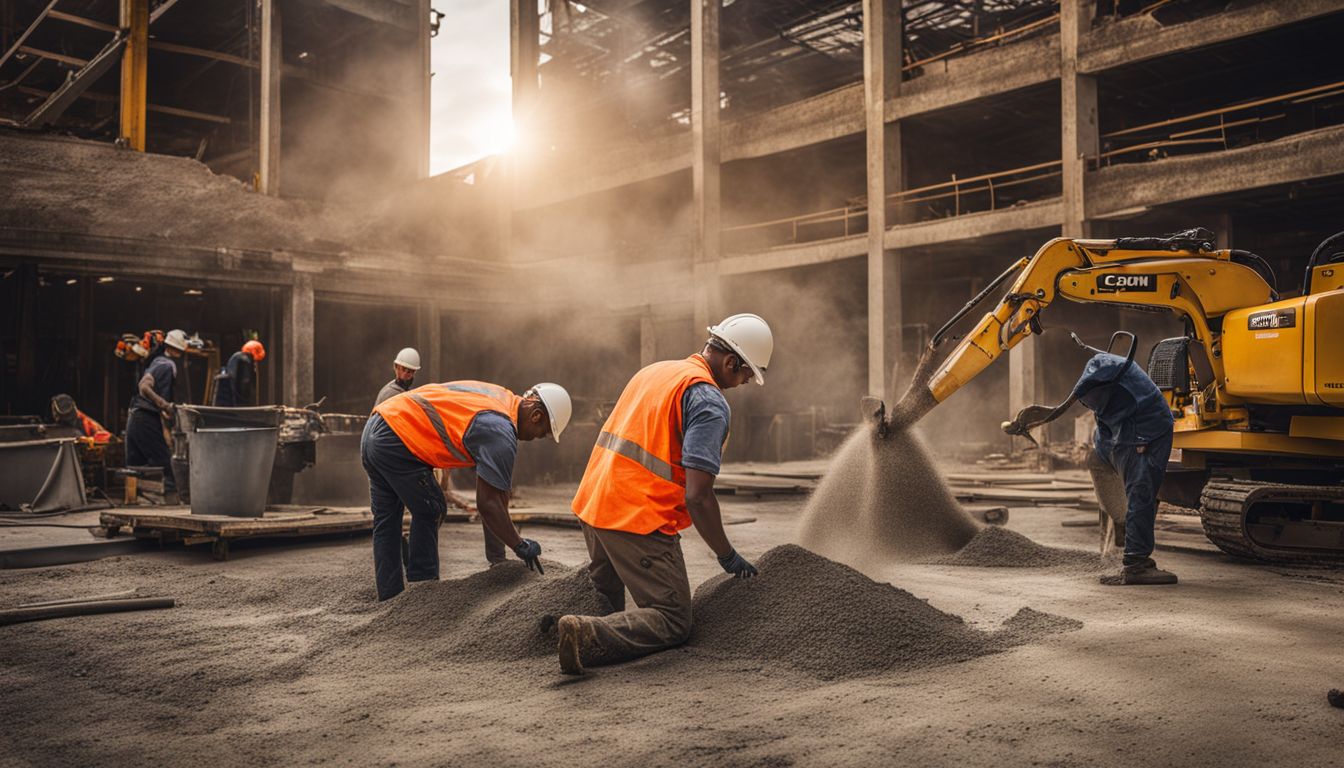
Having chosen the right equipment, we now turn our focus to the concrete placement and finishing techniques that will elevate the quality of your construction projects. These steps are crucial for laying a strong foundation and achieving a durable, visually appealing finish.
- Prepare the site thoroughly before any concrete is poured. This involves clearing debris, ensuring the formwork is secure and correctly positioned, and checking that all reinforcement is accurately placed according to engineering specifications.
- Use a concrete mix that matches the project requirements. Different types of projects require different strengths and consistencies of concrete. Select a mix that complements the environmental conditions and intended use of the finished structure.
- Apply proper pouring techniques to avoid segregation. Pour concrete as close to its final position as possible to minimise movement and potential segregation of aggregates.
- Implement vibration evenly across the pour area. Vibration helps eliminate air pockets and ensures a compact, solid matrix once the concrete cures. Keep vibrating time consistent to prevent areas of weakness.
- Monitor concrete temperature during curing. Temperature plays a significant role in how well concrete cures. Protect fresh concrete from extreme temperatures using insulating blankets or plastic sheeting as necessary.
- Finish surfaces with precision based on their intended use. For instance, external walkways require a broomed finish for slip resistance, whereas indoor floors might need smoother finishes accomplished by troweling.
- Cure the concrete properly to achieve maximum strength and durability. Maintaining adequate moisture content during curing prevents cracks and structural flaws, ensuring longevity for your project.
By following these techniques diligently, we lay down excellence in every layer of concreting from foundation to finishing touches, paving the way for infrastructure developments that stand tall against both time and elements.
Elevating Craftsmanship in Concreting with Expertise
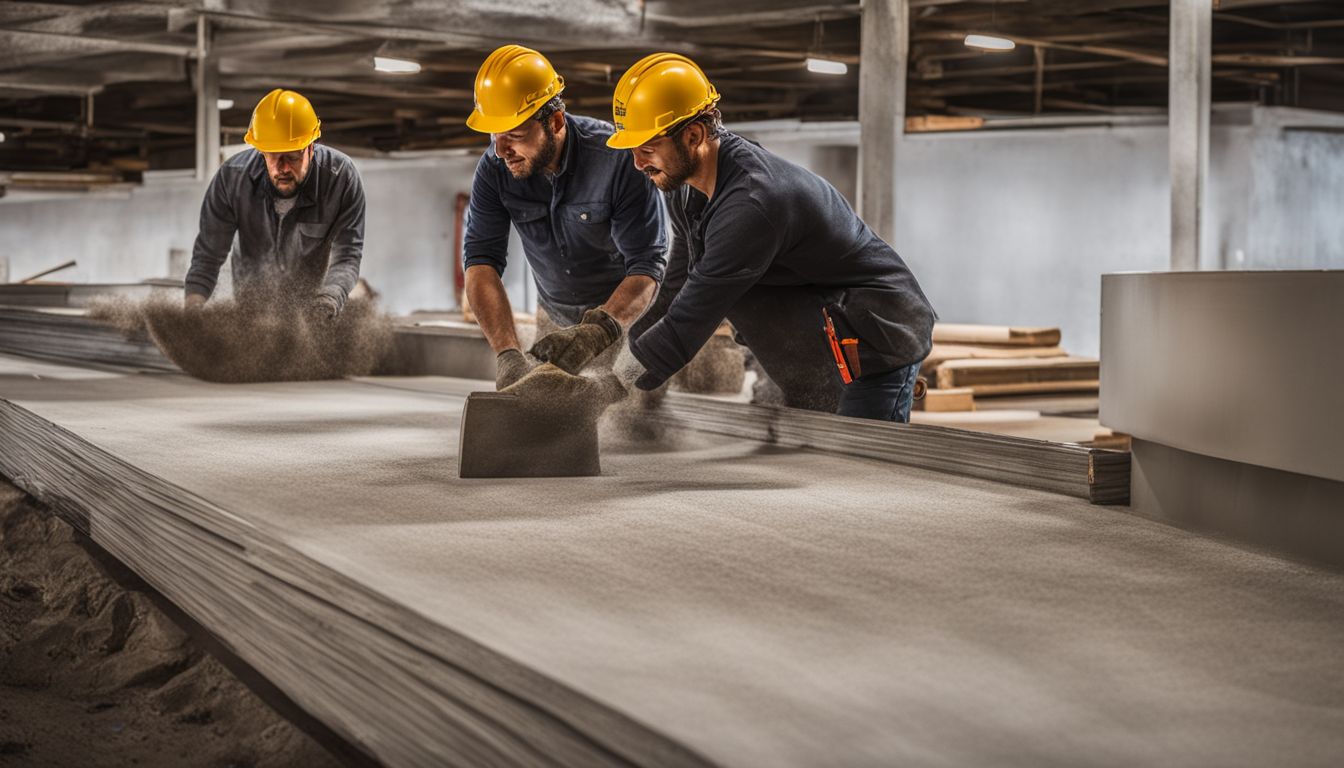
We take pride in our ability to elevate craftsmanship in concreting through unparalleled expertise. Our team brings years of experience from diverse construction projects, ensuring that each task is approached with precision and care.
We focus on quality concreting skills and employ advanced concrete finishing techniques that set the foundation for outstanding infrastructure development. This commitment results in durable, visually appealing surfaces ideal for both commercial projects and home renovations.
Our experts use only top-tier construction materials and concreting methods tailored to meet specific requirements of any project. They pay close attention to concrete preparation and surface preparation, crucial steps for a successful installation.
This meticulous approach guarantees optimal performance of the concrete work, contributing significantly to the overall success of building and civil engineering endeavors.
Conclusion
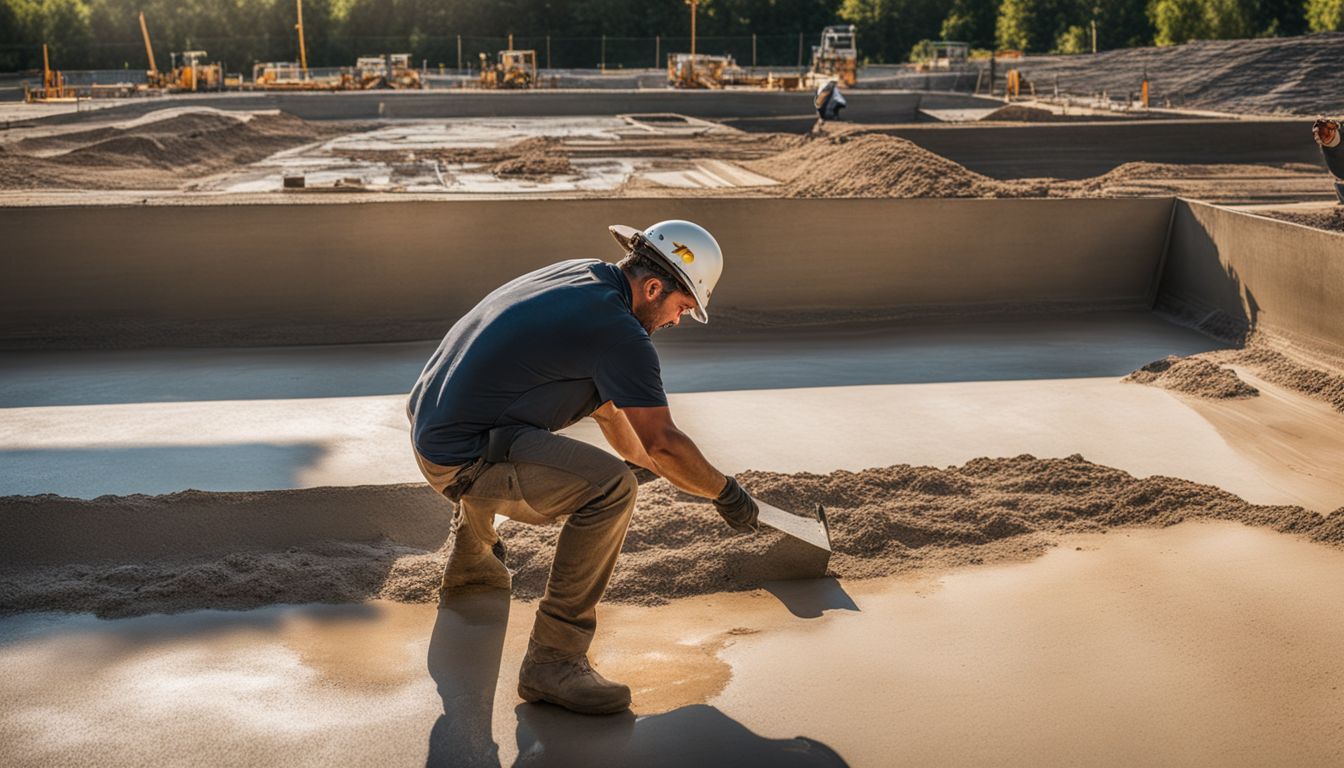
Planning makes all the difference in concreting, ensuring projects start right. Quality tools and equipment streamline the entire process, boosting efficiency. Expert techniques in concrete placement and finishing elevate the final product significantly.
Craftsmanship comes with understanding each step’s impact on the end result. Further resources can guide those keen to deepen their knowledge in quality concreting practices. Let us empower ourselves to lay solid foundations for future generations through excellence in our workmanship.
